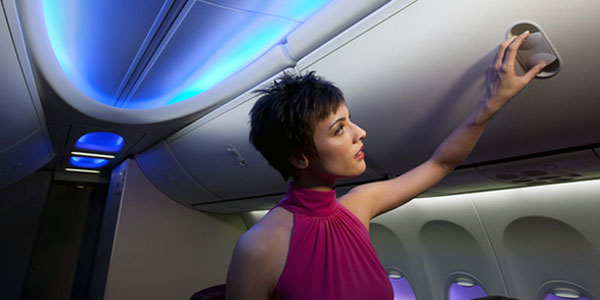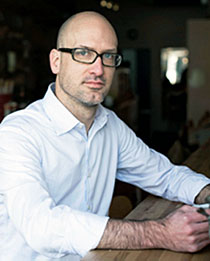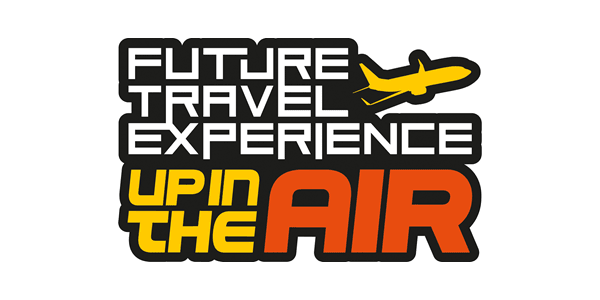
Tackling the question of how true innovation will shape the in-flight experience by 2030 is an ongoing pursuit of TEAGUE’s aviation design, design research, and design strategy teams. Uncovering new insights, framing core user behaviours, and pursuing new technologies and materials are just some of the activities our teams engage in each and every day. While designing what the future passenger experience will look like begs for futurist imagined, stunningly rendered solutions, simply taking that approach ignores the constraints of today’s aviation systems. Interiors of commercial aircraft are one of, if not the most constrained, regulated, and complicated spaces a design team can encounter. There are also sizeable aviation industry roadblocks, and mentalities that need to be dismantled and rebuilt. Planning for the future deserves a deeper look that will give the aviation industry and the flying passenger hope that things could actually get better.
Enable the innovation process

Two components are necessary in order to develop a truly innovative passenger experience: innovation fuel and roadblock removal. Innovation fuel consists of the strategic insight to develop laser-focused vision of the end goals and the development flexibility to imagine, create, and test future thinking solutions. It allows us to push ideas forward and meet the challenges facing innovation. Roadblock removal refers to the ability to face long embedded industry processes and systems with the intention of removing or changing them. For instance, risk-averse strategies and long development cycles have become significant inhibitors of the creativity needed to design solutions that would push true innovation. Innovation fuel and roadblock removal need to be applied across the entire industry; airlines, suppliers, original equipment manufacturers (OEMs), airports, and especially the creative firms that are designing for them. Innovation fuel + removing roadblocks = the ability to deliver the promise of groundbreaking passenger experiences.
Take action
Armed with innovation fuel and having removed barriers, industry leaders must then take three actions. Firstly, they must help airlines move out of the cursed, middle ground. Airlines must strive to deliver experiences that go beyond meeting the growing needs and expectations of passengers. This type of focus will define clear and differentiated opportunities that will move airlines out of the muddled middle. Secondly, the industry must tackle how to shorten the innovation cycle while simultaneously designing for the entire lifecycle of the airplane. This will not only inform OEMs and airlines how to plan better for 30-plus-year lifecycles, but also enable adaptable interior configurability in real-time to meet ever changing passenger and business landscapes. Thirdly, carriers, OEMs, and suppliers need to strengthen their understanding of the next generation of passenger. The future’s new passengers may be just as likely and willing to find a great deal on an amenity rich, no hassle charter-share airline as they would to book on a commercial airline. More access to information, social networks, and deal making applications will only mean more informed passengers able to cut out large swaths of today’s travel process.
Start the conversation

The panellists for the opening FTE ‘Up in the Air’ conference session, ‘What could the passenger experience in the air possibly be by 2030 if true innovation was applied?’, represent the industry’s best thinking on the development of innovation fuel. The companies they work for spend millions of dollars to advance in-flight experiences and have the power to make real changes in the passenger experience. Boeing, Panasonic, and Lufthansa together can bring to fruition the adaptive product solutions needed by multiple airline types and brands. They have the influence to develop the right channels and manufacturing systems needed to enable integration of the products and data. Finally, their technological prowess can enable access to and integration of the information needed to produce the products and services that passengers actually need and want. However, these companies are also sometimes criticised as risk-averse design cultures with slow development cycles, the sort of roadblocks that inhibit true innovation. Crafting a truly innovative passenger experience by 2030 will take tremendous guts and leadership to push through innovative solutions. This panel is perfectly crafted to begin a real conversation about how to ensure the futurist’s dreams become reality.







